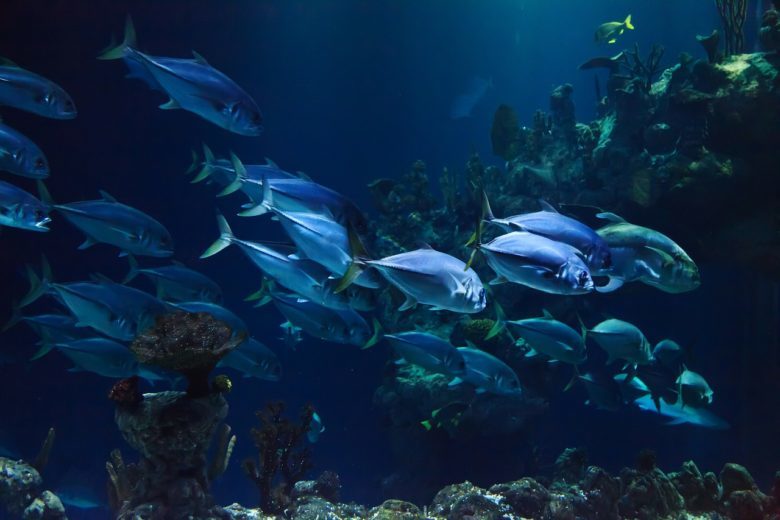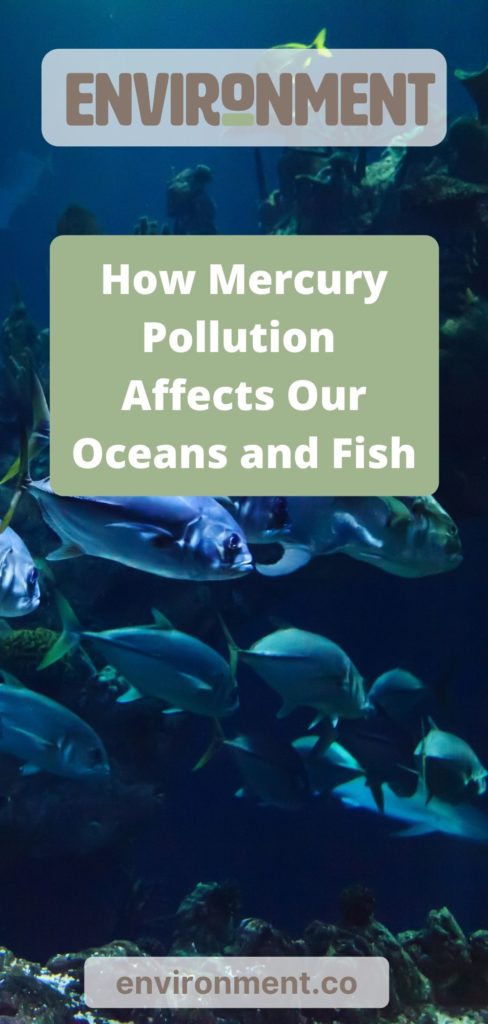
How Mercury Pollution Affects Our Oceans and Fish
We are reader-supported. When you buy through links on our site, we may earn affiliate commission.
People looking for ways to improve their diet often turn to fish instead of other proteins. It’s lean, lower in calories, and packed full of healthy vitamins, minerals and antioxidants like omega-3. On the other side of the coin, too much fish could potentially be dangerous to your health — because there’s mercury in fish.
We’ve heard the warning for years — don’t eat too much canned tuna because you’re consuming mercury that can make you sick. How is mercury pollution affecting our oceans and fish, and should we consider removing seafood from our diets?
How Does Mercury Get Into Fish?
We’ve been warned against overeating certain kinds of fish because they can contain high levels of mercury. How does that heavy metal get into fish in the first place?
Mercury isn’t just toxic to humans — it’s also bad for most living things on the planet, including fish. It works its way up the food chain by a process called bioaccumulation. It starts in small fish and other sea life that are later eaten by bigger fish, then bigger ones, all the way up the food chain. This means large fish like tuna, swordfish and shark often have the highest concentration of mercury in their flesh.
Scientists have been warning pregnant women about eating too much fish because the FDA found that exposure to mercury during gestation can be linked to ADHD later in life.
The Problems of Overfishing
Fishing has been a staple in the human diet for at least 164,000 years. Archaeologists have found fish hooks that date back to 40,000 B.C. In the last few decades, as technology advances and populations grow, we’ve been catching fish faster than the ocean can replenish them. This is known as overfishing. We kill nearly 200 sharks every single minute, single-handedly decimating a species that’s been swimming the planet’s oceans for 450 million years.
Overfishing is affecting the mercury content in food, according to a recent study by Harvard University. Specifically, the capture of too much small baitfish like herring and sardines is leading other species to change their diet, consuming different sea life that have higher levels of mercury. In the last 30 years, concentrations of mercury in Atlantic cod have increased by 23%.In some cases, farming fish can be an eco-friendly and sustainable option for adding seafood to your die. However, factory farms can cause as much damage to the environment as overfishing. Thanks to these fish farms, the number of wild salmon in the Atlantic ocean has dropped 70% in the last 40 years.
Mercury Pollution and Climate Change
Overfishing isn’t the only thing affecting the amount of mercury in the piscatorial food chain. Climate change is increasing the amount of mercury that is appearing in our oceans. Anthropogenic mercury is found primarily in soil. Increasingly harsh storms and flooding will release more of this material into the planet’s water supply, where it will slowly bioaccumulate into the food chain.
Other areas, even those that aren’t close to the ocean, will experience more wildfires due to rising temperatures and drought conditions. This will cause stored anthropogenic mercury to escape into the atmosphere and find its way into local and global waterways.
Should We Be Avoiding Fish in Our Diet?
So, the question remains — should we be avoiding too much fish in our diet? Not unless you’re a pregnant woman or are sensitive to mercury. The announcement that pregnant women should avoid fish sparked panic in consumers back in 2004 when the FDA released the data, but for the general public, the threat of mercury poisoning is fairly low. If you’re concerned about your mercury intake, you can calculate how much fish you can safely consume based on your body weight
.Start by converting your weight to kilograms. If you know how much you weigh in pounds, divide it by 2.2. Then figure out how much mercury your favorite fish contains. Divide the amount of mercury by your weight to find your mercury dose per kilogram. Then choose your mercury dose limit — the EPA recommends .1 microgram per kilogram per day, while the CDC says you can consume up to .3 micrograms per kilogram — and multiply that by seven to find your weekly limit.
Looking Toward the Future
We don’t necessarily need to eliminate fish from our diet. However, mercury pollution affects everything it encounters, from the smallest plankton and krill to the largest swordfish being hauled in for a fisherman’s dinner. If you’re concerned about your mercury intake, consider reducing your seafood consumption or enjoying low-mercury fish options like light tuna, salmon, pollock and catfish.
Adding seafood to your diet is a great way to enjoy lean protein that’s packed with necessary vitamins and minerals. However, we might not be able to continue eating it if the levels of mercury in fish continue to increase.

Share on
Like what you read? Join other Environment.co readers!
Get the latest updates on our planet by subscribing to the Environment.co newsletter!
About the author

Jane Marsh
Starting from an early age, Jane Marsh loved all animals and became a budding environmentalist. Now, Jane works as the Editor-in-Chief of Environment.co where she covers topics related to climate policy, renewable energy, the food industry, and more.





